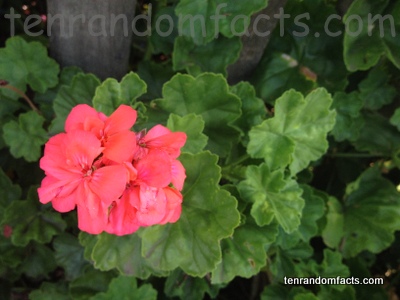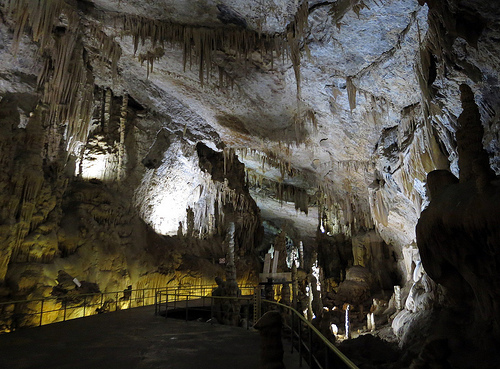
The sweet-smelling pelargoniums are confusing.
- Pelargoniums are a group of 200-250 species of flowering perennial plants, from the Geraniaceae family, the family of geraniums.
- ‘Pelargoniums’ are also known as ‘storksbills’ and ‘geraniums’, and although they are commonly confused with and called ‘geraniums’, they are different to the species of the same name.
- Pelargoniums are native mostly to South Africa, although some species are native to Australia, the Middle East, New Zealand and other parts of Africa.
- ‘Pelargoniums’ is derived from the word ‘stork’ in Greek, ‘pelargos’, while the common name for the plant, ‘storksbill’ refers to the seed head’s shape.
- Pelargoniums have flowers that can be white, cream, pink, mauve, purple, orange and red in colour, and they bloom mainly in spring and summer.
- Pelargoniums are evergreen and can also survive in drought and strong sunlight, and the shape and texture of the leaves vary significantly, depending on the species.
- Pelargoniums have 5-petalled flowers, which are distinguished by colours and patterns; with two petals at the top and three below.
- Some species of pelargoniums have useful perfume-smelling scents, including mint, rose, fruits and spices.
- Most pelargonium flowers and leaves can be eaten, and they are used in the flavouring, of primarily, desserts.
- Pelargonium oil, extracted from scented leaves, is sometimes used as a relaxing agent, while parts of the plant can be used to treat sicknesses and injury.
Bibliography:
Pelargonium, 2013, Wikipedia, http://en.wikipedia.org/wiki/Pelargonium
Plant Profile: Pelargoniums, 2011, Gardening Australia, http://www.abc.net.au/gardening/stories/s1866723.htm













